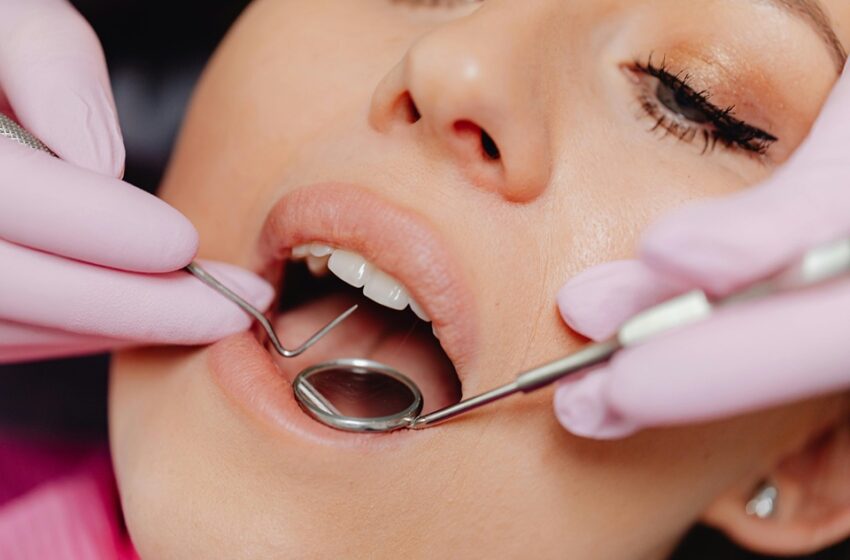Understanding Exclusions: What Dental Treatments Are Often Not Covered?

Key Takeaways:
- Dental insurance plans often exclude certain procedures, making it essential to understand these limitations.
- Cosmetic treatments and certain advanced procedures are typically not covered.
- Being aware of these exclusions can help in financial planning for dental care.
Cosmetic Dentistry
Cosmetic dentistry focuses on enhancing the aesthetic appeal of a patient’s smile by improving the appearance of teeth, gums, and overall smile symmetry. Treatments under this category primarily aim at beautification rather than correcting functional dental issues. Consequently, many dental insurance policies exclude these procedures since they do not address health necessities but personal preferences. Teeth whitening, porcelain veneers, and composite bonding are popular cosmetic procedures that patients often consider. These enhancements can significantly boost self-confidence, yet they come with considerable costs since they are not deemed medically essential by most insurers. For anyone considering such procedures, it becomes crucial to plan in advance and explore alternatives like dental savings plans for reduced out-of-pocket expenses. Especially for those in Utah, understanding the exclusions in dental insurance in Utah will be vital for appropriate financial preparation and to avoid unexpected financial burdens. Always verify if your insurance policy includes or excludes these aesthetic treatments and consider discussing financing options with your dental provider.
Orthodontic Treatments
Orthodontic treatments such as braces or clear aligners aim to correct teeth and jaw alignment issues that can impact oral health and appearance. While these procedures can significantly enhance oral functionality and esthetics, they are expensive and are not always fully covered by dental insurance plans. Most insurance policies delineate strict criteria for orthodontic coverage, often limiting it to minors or cases that present functional impairments rather than cosmetic concerns. Therefore, parents and individuals seeking orthodontic care must understand these restrictions, as out-of-pocket expenses can be substantial. Furthermore, many plans set lifetime maximums for orthodontic benefits, requiring prudent financial planning before commencing treatment.
Advanced Procedures
Dental treatments categorized as advanced procedures, such as dental implants or full-mouth reconstruction surgeries, often carry high costs due to their complexity and the necessity for specialized expertise and materials. Despite their health benefits, facilitating better oral functionality and aesthetics, these treatments are typically not included in standard dental insurance plans. The exclusion stems from their classification as discretionary rather than mandatory treatments, which can place them outside the coverage purview of regular insurance policies. Patients considering these sophisticated treatments should proactively engage in financial dialogues with their dental care providers to explore available payment plans and understand the total financial implications of the treatments. While the cost and complexity can be daunting, such procedures can significantly improve quality of life for individuals who have lost teeth or suffer from extensive oral health issues. Thus, balancing the cost with the prospective benefits becomes crucial, allowing individuals to make informed decisions about their oral health journey.
Alternative Treatments
Alternative treatments, including holistic and biologic dental approaches, are gaining traction as more people seek natural solutions for their health needs. However, due to limited scientific validation and research-backed efficacy, these treatments commonly fall outside the scope of conventional dental insurance coverage. Treatments such as oil pulling, herbal remedies, or biocompatible dental materials often qualify as supplementary rather than primary dental care, making them ineligible for insurance reimbursement. Despite this, many individuals choose these alternatives for their perceived benefits in reducing chemical exposure or aligning with personal health philosophies. Patients intending to pursue alternative dental treatments must prepare to bear out-of-pocket costs and should thoroughly research these treatments’ effectiveness and safety. Staying informed with the current dental health landscape, including emerging trends and novel therapies, enables patients to make well-rounded decisions based on both scientific evidence and personal values.
Pre-existing Conditions
Just as in broader categories of health insurance, dental plans often have specific exclusions or limitations regarding pre-existing conditions, such as ongoing periodontal disease or partially completed treatments conducted before obtaining a new insurance policy. This could mean that individuals who have started a treatment process or are managing a chronic dental condition might encounter barriers in securing assistance for related care costs under a new plan. The rationale for such exclusions is often tied to risk management by insurers, who aim to minimize the economic burden of extensive therapeutic interventions that began before policy initiation. As a result, it is highly beneficial for patients to proactively discuss these conditions with potential insurers, ensuring transparency and understanding of what is or is not covered before finalizing their dental plan selection. This foresight can shield patients from unforeseen expenses and facilitate smoother management of their long-term oral health needs.
Importance Of Reviewing Your Policy
Reviewing the specifics of your dental insurance policy is a critical step in managing effective and financially sensible dental care for you and your family. Understanding the inclusions and exclusions of your specific plan can prevent surprises regarding treatment coverage and costs. Reviewing policy documents thoroughly and getting clarification from an insurance representative on any ambiguities is imperative. Such diligence allows for a clearer picture of potential out-of-pocket expenses and aids in strategizing for necessary or desired treatments in advance.
Conclusion
Each dental insurance plan has exclusions that can considerably affect how one plans their oral care journeys, emphasizing the importance of being informed about these specifics. Awareness of typical coverage restrictions can be invaluable in addressing cosmetic procedures, advanced or alternative treatments, or managing pre-existing conditions. By carefully reviewing and understanding your dental coverage, seeking clarifications, and engaging with professional advice from dental and insurance experts, individuals can better navigate the complexities of dental insurance to ensure optimal health outcomes without financial strain. Remaining informed and proactive in dental insurance management ensures a balanced approach to dental health, aligning with financial goals and personal preferences for both short-term needs and long-term wellness strategies.